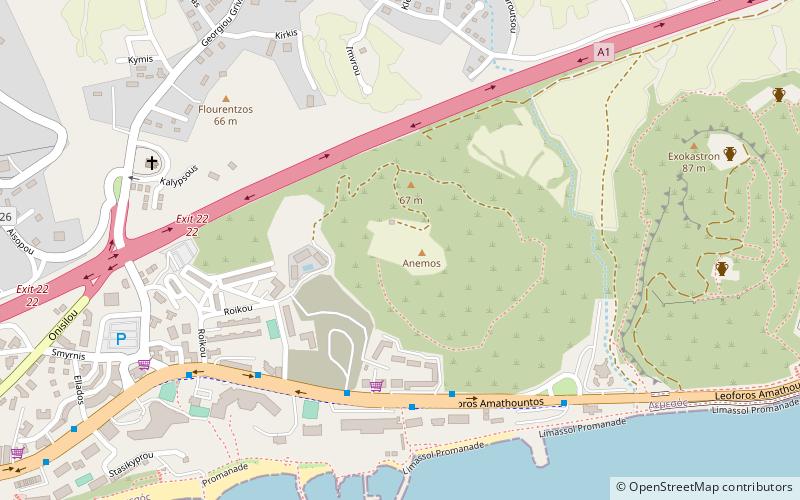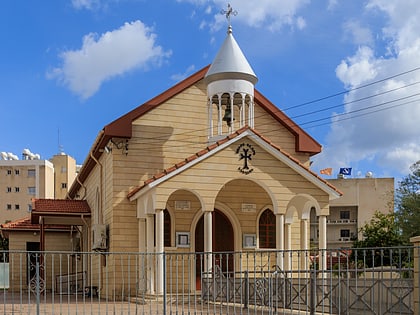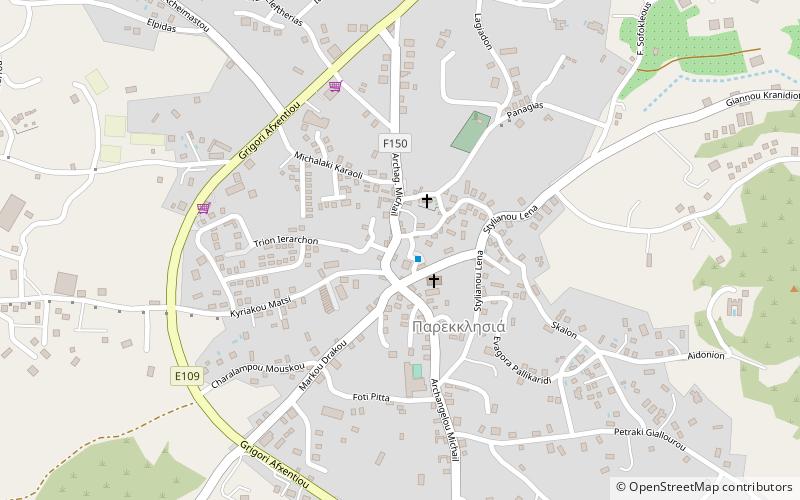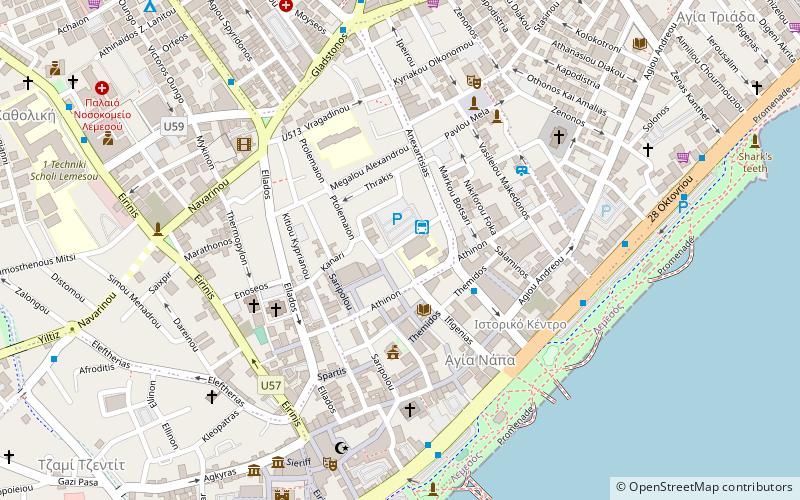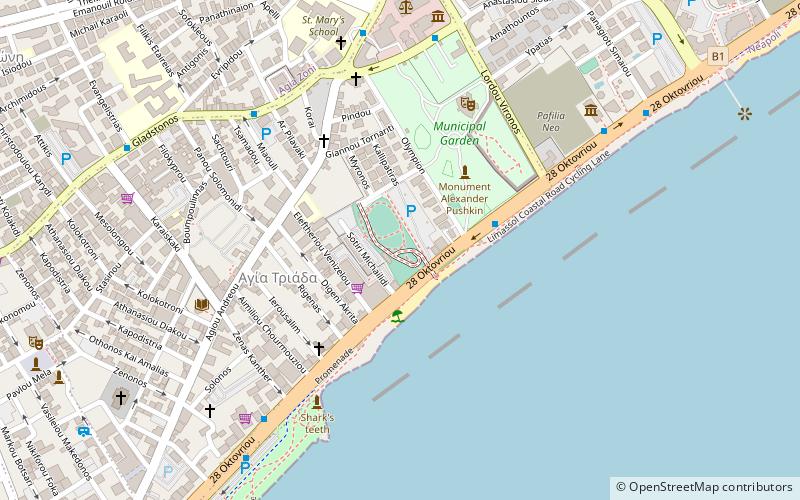Amathus

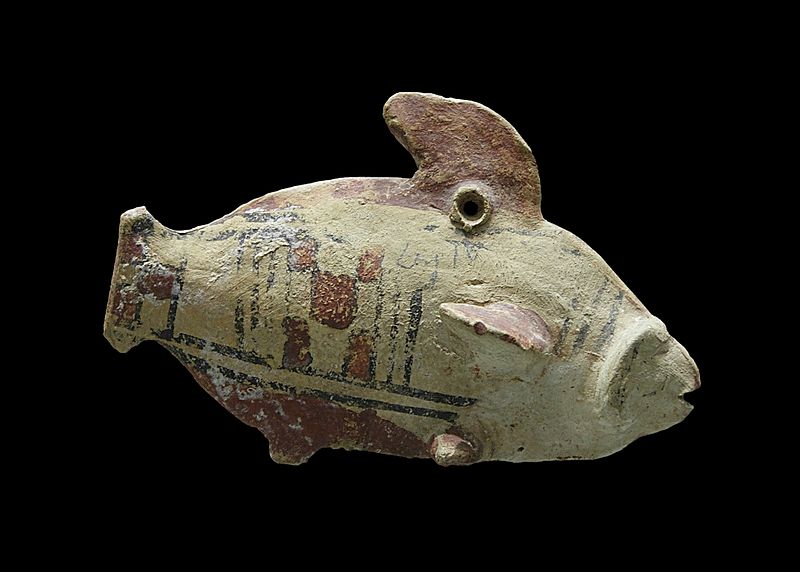
Facts and practical information
Amathus, located on the southern coast of Cyprus, is a captivating archaeological site steeped in history and legend. Once one of the ancient city-kingdoms of Cyprus, it is believed to have been founded by the Eteocypriots, a native people of the island, around 1100 BC. The city thrived through the classical and Roman periods and was known for its worship of Aphrodite and Adonis.
The site, which spans across a hill overlooking the azure Mediterranean Sea, offers a treasure trove of ruins that whisper tales of its storied past. Visitors can explore the remnants of the majestic city walls, the agora (marketplace), public baths, and an early Christian basilica. The Acropolis area is particularly notable, with the remains of a temple dedicated to Aphrodite and an impressive amphitheater carved into the hillside.
One of the most striking features of Amathus is the large stone vessel, which is thought to be one of the largest ever made in the ancient world. It is believed that this artifact was associated with the cult of Aphrodite, who was widely worshiped in the city.
Excavations have unearthed a wealth of artifacts, including pottery, coins, and sculptures, which provide insight into the daily life, trade, and culture of its inhabitants. These finds are not only significant for understanding the history of Amathus but also for painting a broader picture of ancient Cypriot civilization.
Amathus's significance extends into the medieval period when it served as one of the island's coastal fortresses. However, the city eventually declined and was abandoned by the 7th century AD, likely due to Arab raids and changes in trade routes.
Amathus – popular in the area (distance from the attraction)
Nearby attractions include: Oasis Luna park, Mouttagiaka, Klimonas, Sourp Kevork Church.



